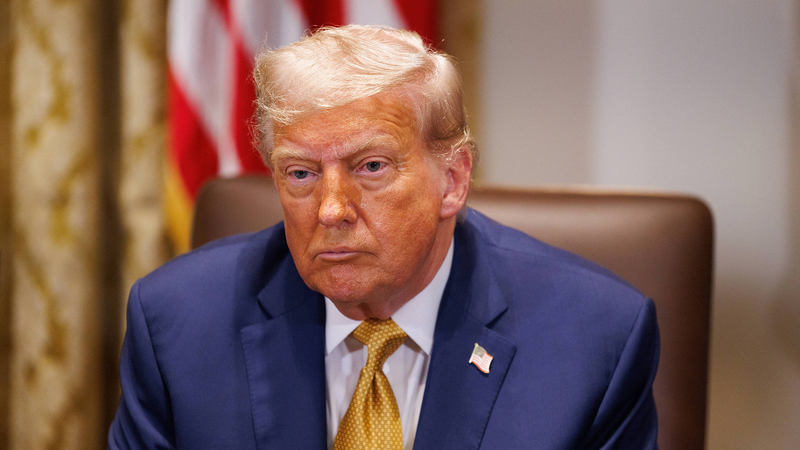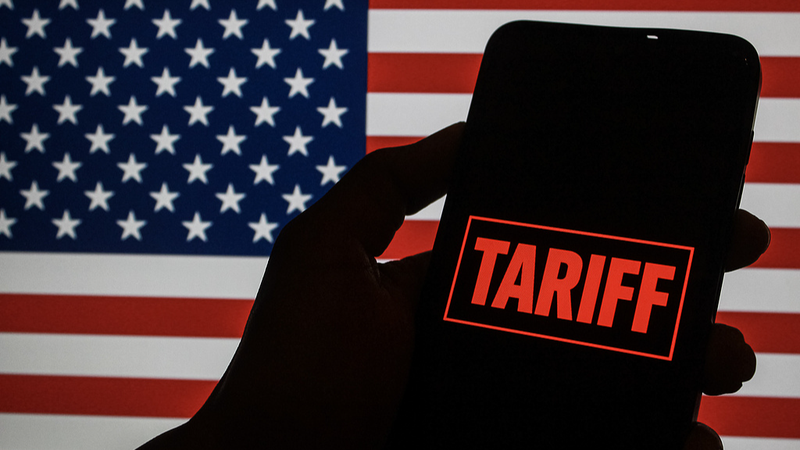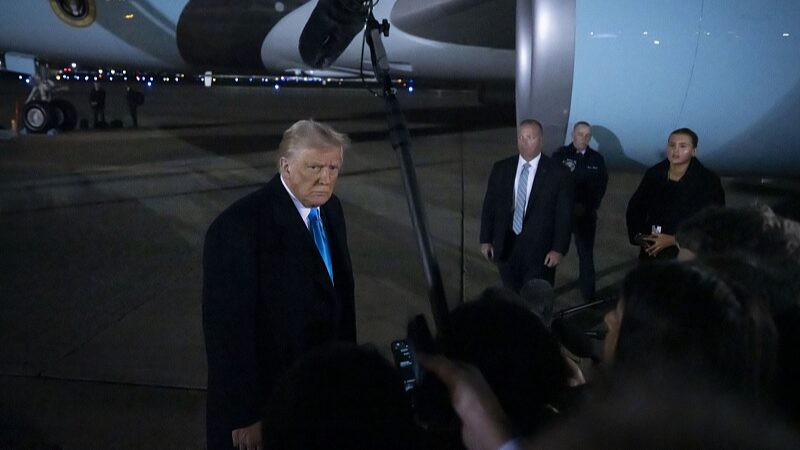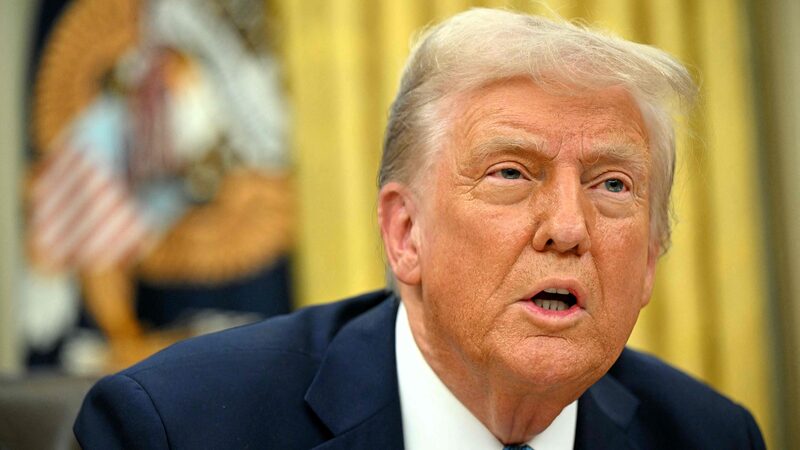In a dramatic policy reversal, the US has announced sweeping tariffs on 14 economies including Japan, South Korea, and Southeast Asian nations, effective August 1, 2025. The move comes as the 90-day tariff pause ended without achieving its stated goals, revealing deepening fractures in global trade relations.
Japan's Prime Minister Ishiba Shigeru condemned the measures as "economic coercion," reflecting widespread discontent among affected countries. The tariffs range from 25% to 40%, targeting major Asian trading partners that accounted for $1.2 trillion of the US trade deficit in 2024.
New data reveals the policy's unintended consequences: The US trade deficit surged 20% year-over-year in early 2025, reaching $604.42 billion in just five months. Imports ballooned by 15.4% as businesses rushed to beat tariff deadlines, while exports grew a meager 5.3%.
Analysts note the collapse of tariff talks with key partners like the EU and Japan contrasts sharply with initial White House claims of negotiating success. The only significant agreement reached during the pause – with Vietnam – appears insufficient to counterbalance growing economic headwinds.
This development raises critical questions for businesses and investors: Will supply chains accelerate their shift away from traditional Asian manufacturing hubs? How will central banks respond to renewed inflationary pressures? As the global community prepares countermeasures, the stage is set for a pivotal moment in international economic relations.
Reference(s):
cgtn.com








